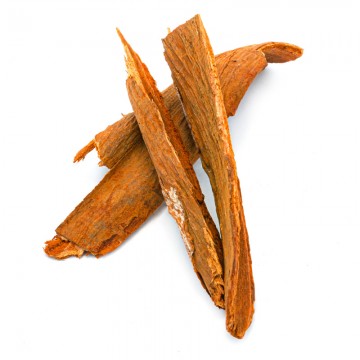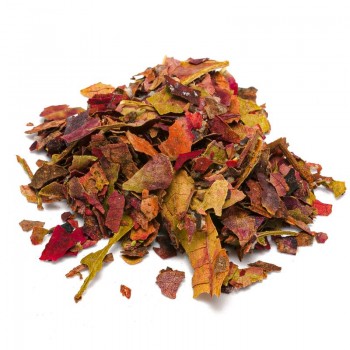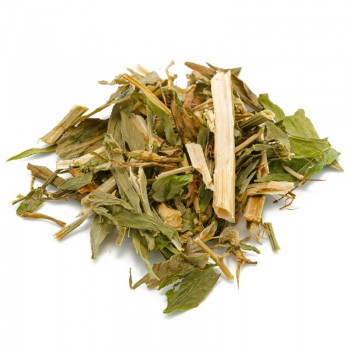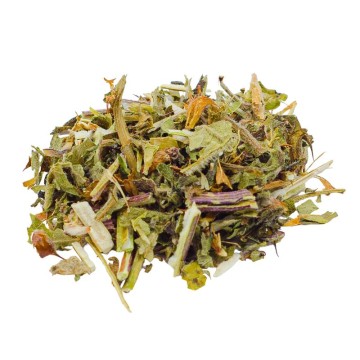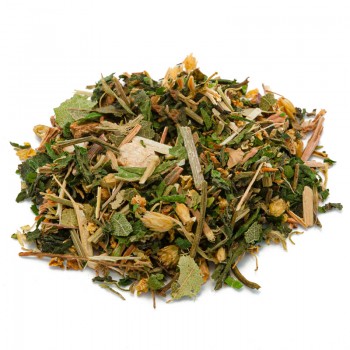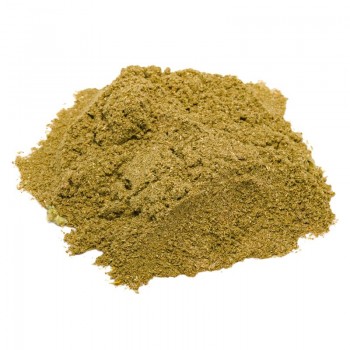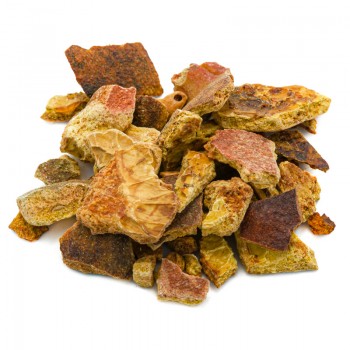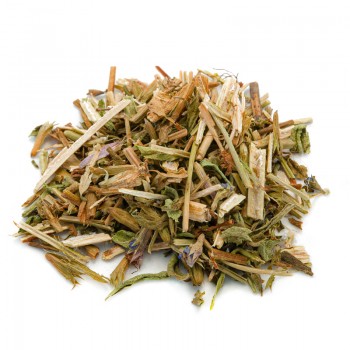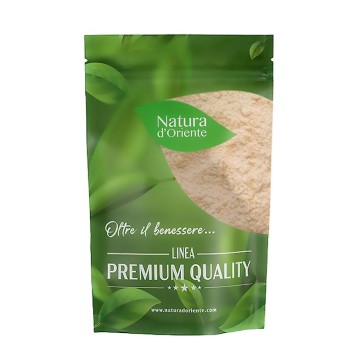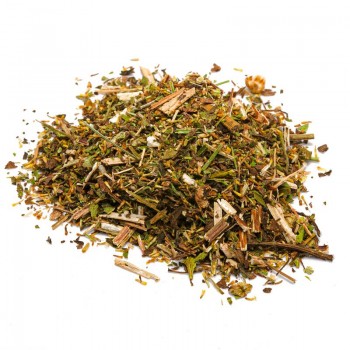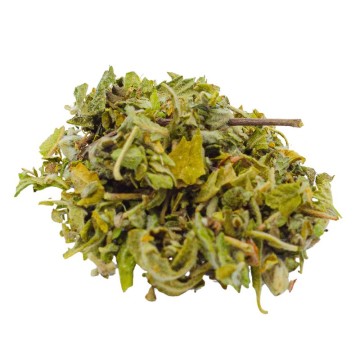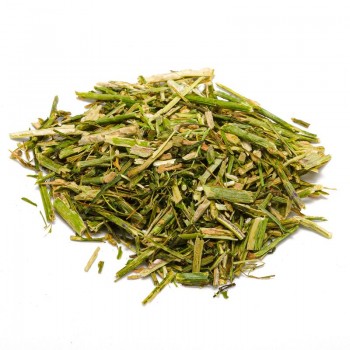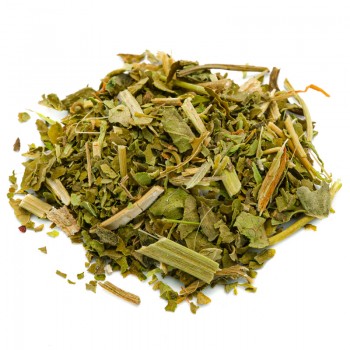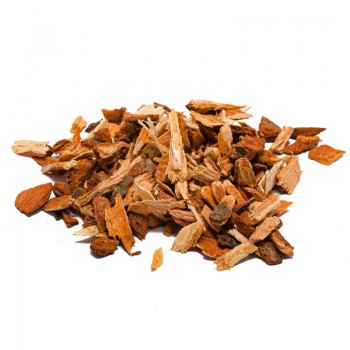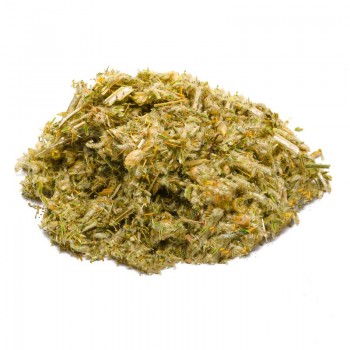This Brazilian plant, originally from the Amazon basin, is highly appreciated both for its fruit and for the beneficial properties of its seeds .
Guarana extract, in fact, is obtained by transforming the seeds into a fine powder, to be used as a herbal tea or as a supplement in drinks.
Guarana: properties and benefits
Guarana contains a large amount of stimulating substances for our organism, such as caffeine, theophylline and theobromine . It also boasts antioxidant characteristics , due to elements such as tannins, saponins and catechins.
This great wealth of beneficial substances for our health, can be used in different ways, depending on the wellness goals.
Its abundance of antioxidants makes guarana similar to green tea , ie able to neutralize the molecules potentially harmful to our body, the radicals free.
These molecules can interact with cells in a negative way, also promoting aging or degeneration. The antioxidant properties of guarana can fight free radicals, avoiding their aggression on cellular tissues.
The powdered seeds are also an excellent source of caffeine, which helps to maintain concentration, attention and mental energy . It promotes memory and correct learning, stimulating the commitment for those who study or carry out demanding activities on a mental level.
We know that guarana seeds can contain up to 6 times more caffeine than coffee beans, but without the negative effects: they do not cause agitation or insomnia .
This natural supplement can help fight fatigue, reduce mental fatigue and stress that weakens the psycho-physical level. Helps in resistance to physical exertion.
Another point in favor of guarana seeds, is that it can help in the weight loss diet. If the goal is to lose weight, thanks to caffeine this plant increases metabolism, burns calories, decreases appetite.
On a digestive level, guarana still has excellent properties, as it has been used for centuries as a stomach tonic, to alleviate constipation and chronic diarrhea.
Guarana seeds give a balance, thanks to their plant antioxidants and tannins (known for their astringent capacity). On the other hand, guarana is rich in caffeine, which can act as a natural laxative when needed by modulating the doses. Low doses of guarana can have a tonic and anti-diarrhea effect, while high doses provide laxative effects.
Some studies have also linked guarana with the contrasting actions of some harmful bacteria in digestion.
For cardiovascular well-being, the antioxidants in guarana appear to aid blood flow and improve circulation. This can also benefit the skin, whose tissues will be more perfused and toned, counteracting sagging skin and wrinkles.
We know that historically, guarana was used by the Amazonian tribes as a pain reliever, and this is due to its high caffeine content, which can block the receptors that trigger the sensation of pain. Even today, we can see that guarana provides relief in some cases of mild pain.
Origins and History of cultivation
Also known as Paullinia cupana, guarana is a climbing plant native to Brazil. Appreciated for its fruits and therapeutic characteristics, it was well known to the Amazonian tribes who have used its extracts for centuries. It has a long tradition of use, mainly to create a stimulating and energetic drink from the seed of the fruit.
In Western chronicles, the plant is mentioned for the first time after the mid-seventeenth century by the missionary Father Bettendorff. It was described as a prodigious substance present in the tribe of Indians that he frequented. The fruit was dried and then pounded, transformed into small balls which were then grated. The drink obtained from it gave strength for hunting, was diuretic, eliminated fevers and headaches. This tribe had tamed the wild plant into a cultivable shrub, and were harvesting and selling it. The
territory was located in the Brazilian Amazon east of Manaus.
Today, 70% of the guarana produced is used by the food industry to create soft drinks and energy drinks, while the remaining 30% is transformed into powder.
Plant and flowers
Guarana, or Paullinia cupana, is an evergreen shrub that can have drooping branches or be a true climbing vine. It is part of the Sapindaceae family, and is native to the Amazonian territory - in fact it is a common plant in Brazil. It is a plant of the humid tropics and grows well in the lowlands, although it is found at altitudes of up to 800 meters. When it grows in the forest it can give a thick crown, while it is less vigorous when it grows in a sunny position.
The plant requires deep, well-drained soil with a high content of organic matter.
It has large leaves and clusters of flowers, but is known for the seeds of its fruit, which are about the size of a coffee bean. It grows best in areas where daytime temperatures are between 24 - 32 ° C. When dormant, the plant can survive temperatures as low as about 10 ° C.
Guarana prefers abundant average annual rainfall, and does not like the dry season.
The plants start flowering about 18 - 24 months after germination, and the inflorescences bear same-sex flowers at the same time. Fruits become ripe and give seeds in about 75 days, with a great variety in yield between plants and different vintages.
Nutritional values of Guarana
This plant provides guaranine, identical to caffeine derived from other natural sources such as coffee, tea and mate. Like all sources of caffeine, guarana contains its own specific mixtures of xanthine alkaloids other than caffeine. It features cardiac stimulants such as theophylline and theobromine. Furthermore, it contains substances such as polyphenols , which can form insoluble complexes with caffeine, catechin and epicatechin.
Among the chemicals present in guarana seeds are mucilage, choline, adenine, proteins, saponin, tannin, starch and resin.
How to use Guarana in herbal tea
The powdered version of guarana seeds is convenient, and can be easily added to your diet. To make the herbal tea, use seed powder: about 3-5 grams per cup of water (250 ml).
The infusion is obtained with water at 100 ° C and an infusion for 5 to 8 minutes.
Add honey or sugar as desired.
Additionally, you can add guarana powder to beverages such as smoothies, milk, smoothies, or yogurt.
Guarana: side effects and contraindications
Guarana appears to be safe as a plant, but in high doses, it can have side effects similar to those of excessive caffeine intake. It has low toxicity in low to moderate doses, while in high doses, it can cause heart palpitations, insomnia, headaches, anxiety, stomach pain, up to more serious states of nervousness, agitation and mental confusion.
It is not recommended to take guarana on a full stomach. It is recommended to consume it in the morning on an empty stomach, in drinks or in the form of herbal tea.
Furthermore, remember that the caffeine in guarana can be addictive and lead to addiction in high doses.
Pregnant women should avoid taking guarana , as well as breastfeeding women.

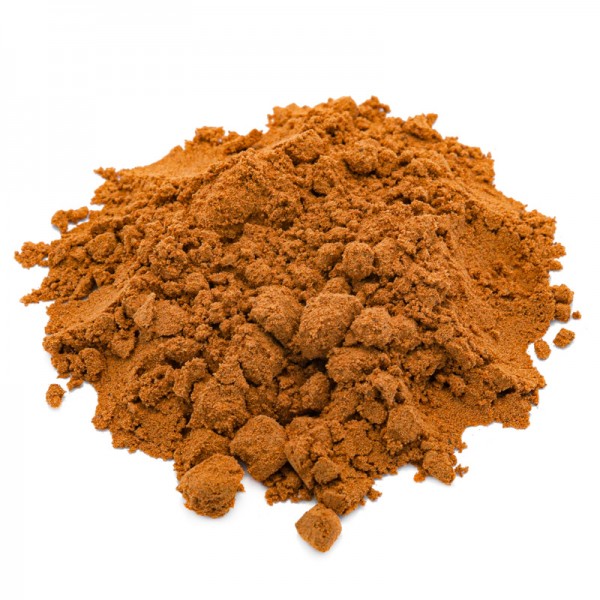









 No reward points for this product.
No reward points for this product.
